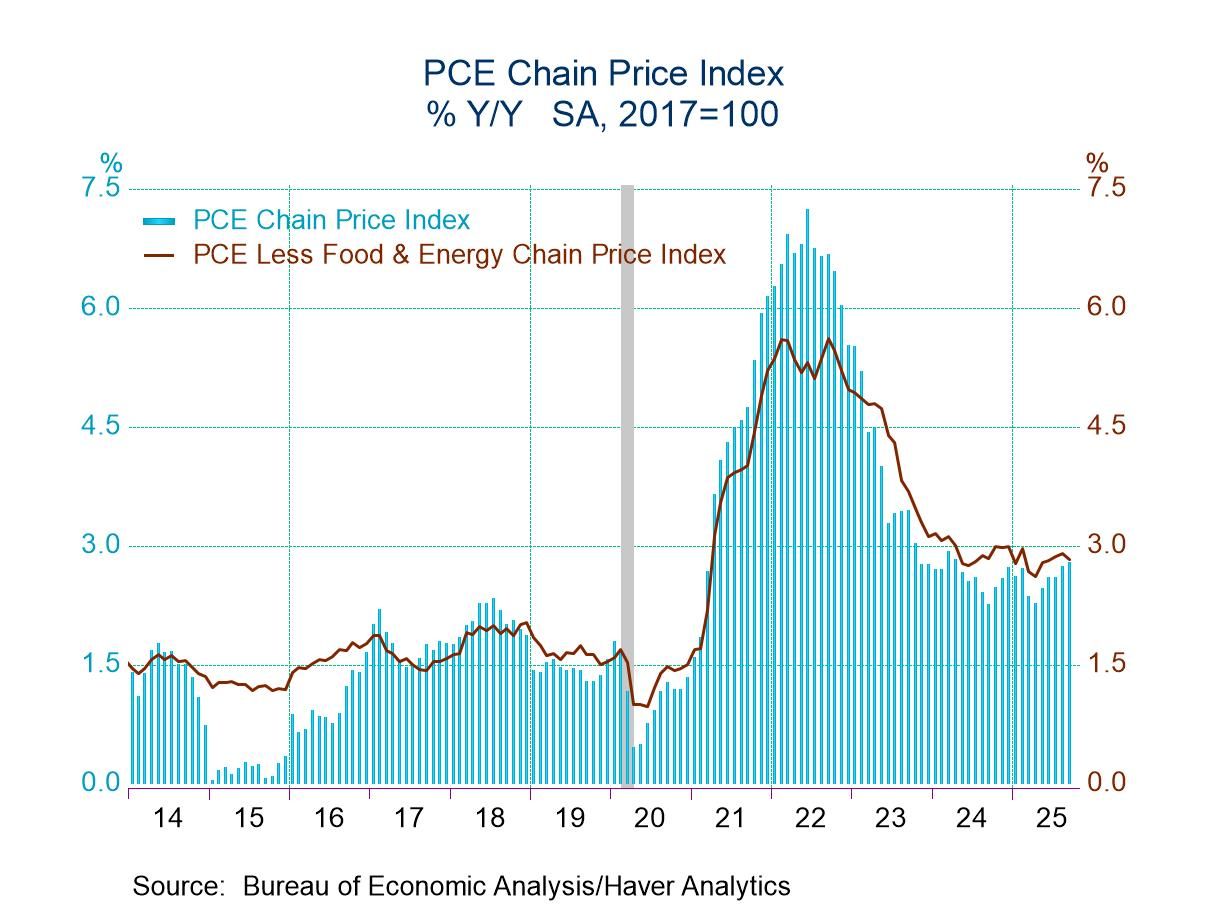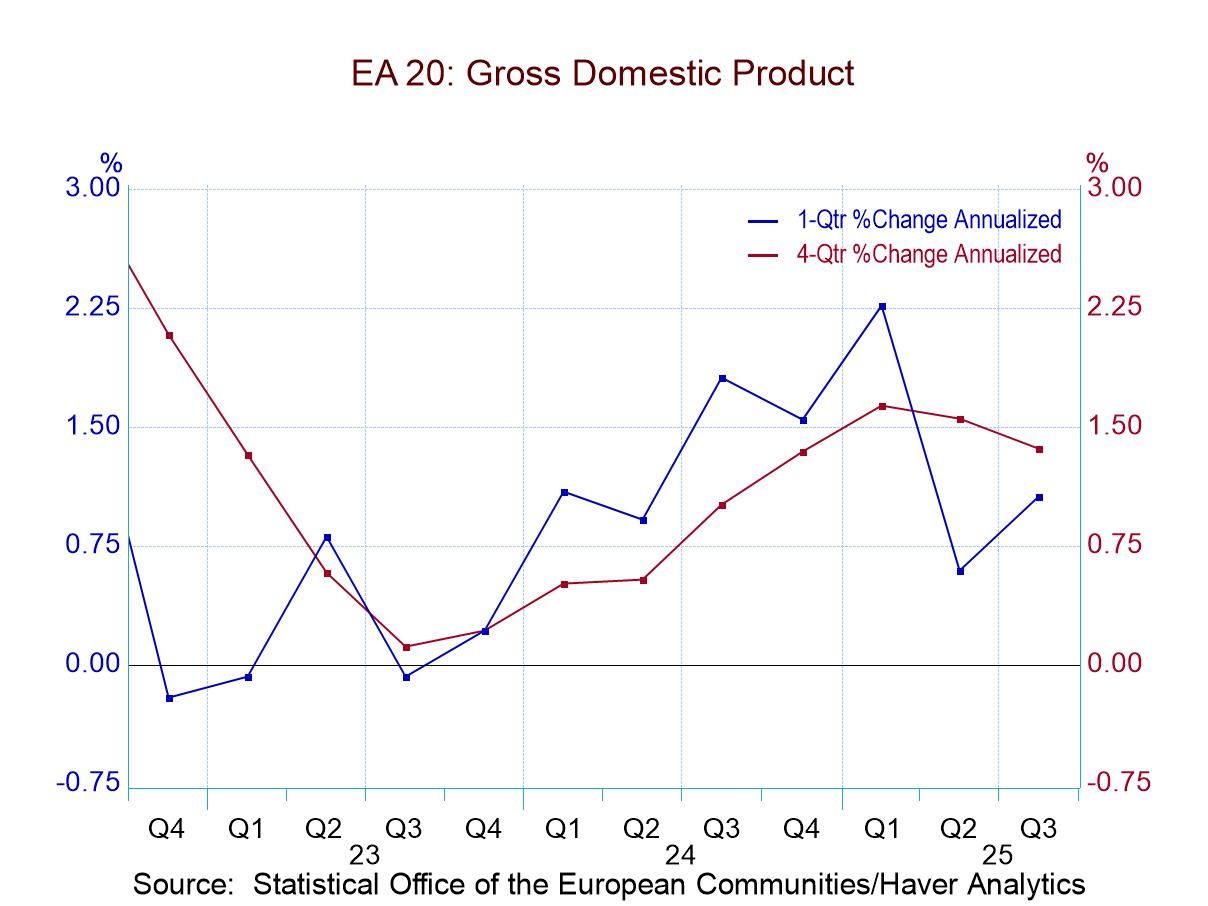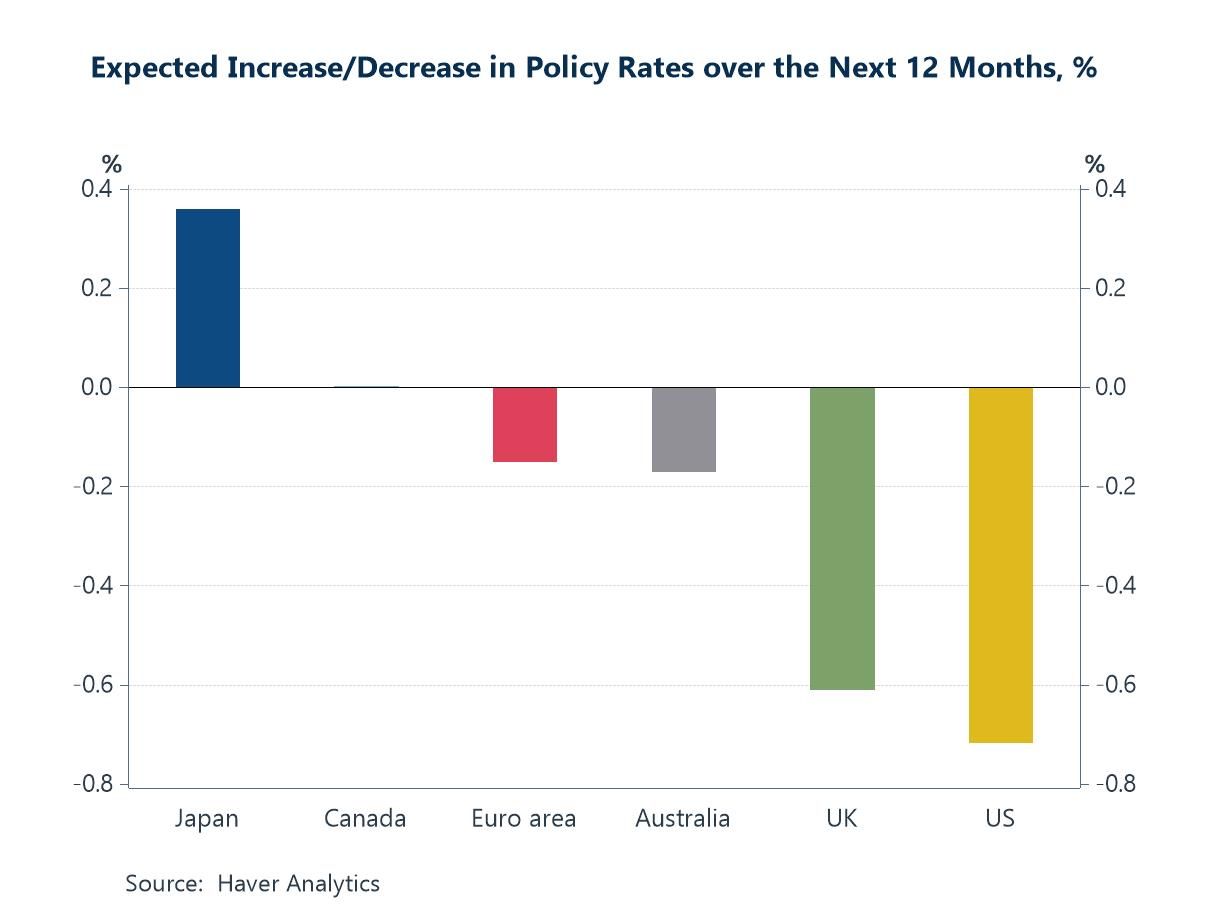German IP Slips

German industrial production (headline series including construction) fell by 1.4% month-to-month in April as a recent see-saw pattern of monthly increases vs. declines is in train back to October. Output declines in the month were distributed across consumer goods, capital goods and intermediate goods.
In addition, construction output fell in April, dropping by 1.5% month-to-month after rising in March and declining in February.
Manufacturing output fell by 1.8% month-to-month in April as real sales also fell by 1.5%, and as real orders for manufactured goods rose in the month by 0.6%.
Sequential trends The sequential trends for IP and its various sectors as well as for orders show unclear trends. Capital goods and intermediate goods show improving trends (from 12-months to 6-months, to 3-months) as output transitions from declines over longer periods to increases over the recent shorter periods. Manufacturing joins that sequence as it also shows a transition from a period of declining output to increases in recent periods. But construction trends remain erratic and the trend for real orders is also chaotic, although it is topped up by a very strong gain over three months. Real sales are on board for the transitional move from declines to sales increases over recent periods. While there is some degree of mixed trends in the data, there are also some traces of an ongoing recovery with improvement in progress. It is still nascent, but the improvement is identifiable and easily recognizable.
Surveys Manufacturing surveys from ZEW, the IFO, and the EU Commission are mixed in their message. The ZEW survey shows a sharp improvement month-to-month. The IFO shows weakening for manufacturing and for manufacturing expectations. The EU commission index shows an improvement month-to-month. Compared to February levels, these same four readings show contrary results. Their sequential signals remain mixed, both in terms of their lack of monotonic signaling as well as in terms of the simpler comparison of the 12-month readings to the 3-month readings. There is simply no clear signal on direction here.
Other Europe Portugal and Norway offer two separate Northern- and South-European signals; both show strongly improving sequential trends. Their month’s performance remains chaotic, but their sequential performance is upward and a clear positive signal.
QTD Quarter-to-date signals (QTD) show mixed results for output-based measures and for real orders in Germany. But the survey data show improvement QTD and the two European readings for Portugal and Norway show gains in progress as well.
Queue standing The queue standing data that ranked performance over a longer profile show most readings with rankings below the 50% mark which in all cases leaves the current reading below its median for this period (data back to 2000), the exceptions with above 50-percentile readings are consumer goods in Germany (54.6%), real manufacturing orders in Germany (66.7%), and Norway (99.6%).
Summing up Despite the month’s step back, there is still evidence that growth and improvement is stirring or trying to stir. Economic performance often is not monotonic and various factors including weather and other unique and temporary factors can interrupt even a solid trend. There is reason to be hopeful that German data still show progress and with the mandate to do more to defend themselves in NATO is also a spur to output we should expect over the coming months.

Robert Brusca
AuthorMore in Author Profile »Robert A. Brusca is Chief Economist of Fact and Opinion Economics, a consulting firm he founded in Manhattan. He has been an economist on Wall Street for over 25 years. He has visited central banking and large institutional clients in over 30 countries in his career as an economist. Mr. Brusca was a Divisional Research Chief at the Federal Reserve Bank of NY (Chief of the International Financial markets Division), a Fed Watcher at Irving Trust and Chief Economist at Nikko Securities International. He is widely quoted and appears in various media. Mr. Brusca holds an MA and Ph.D. in economics from Michigan State University and a BA in Economics from the University of Michigan. His research pursues his strong interests in non aligned policy economics as well as international economics. FAO Economics’ research targets investors to assist them in making better investment decisions in stocks, bonds and in a variety of international assets. The company does not manage money and has no conflicts in giving economic advice.






 Global
Global